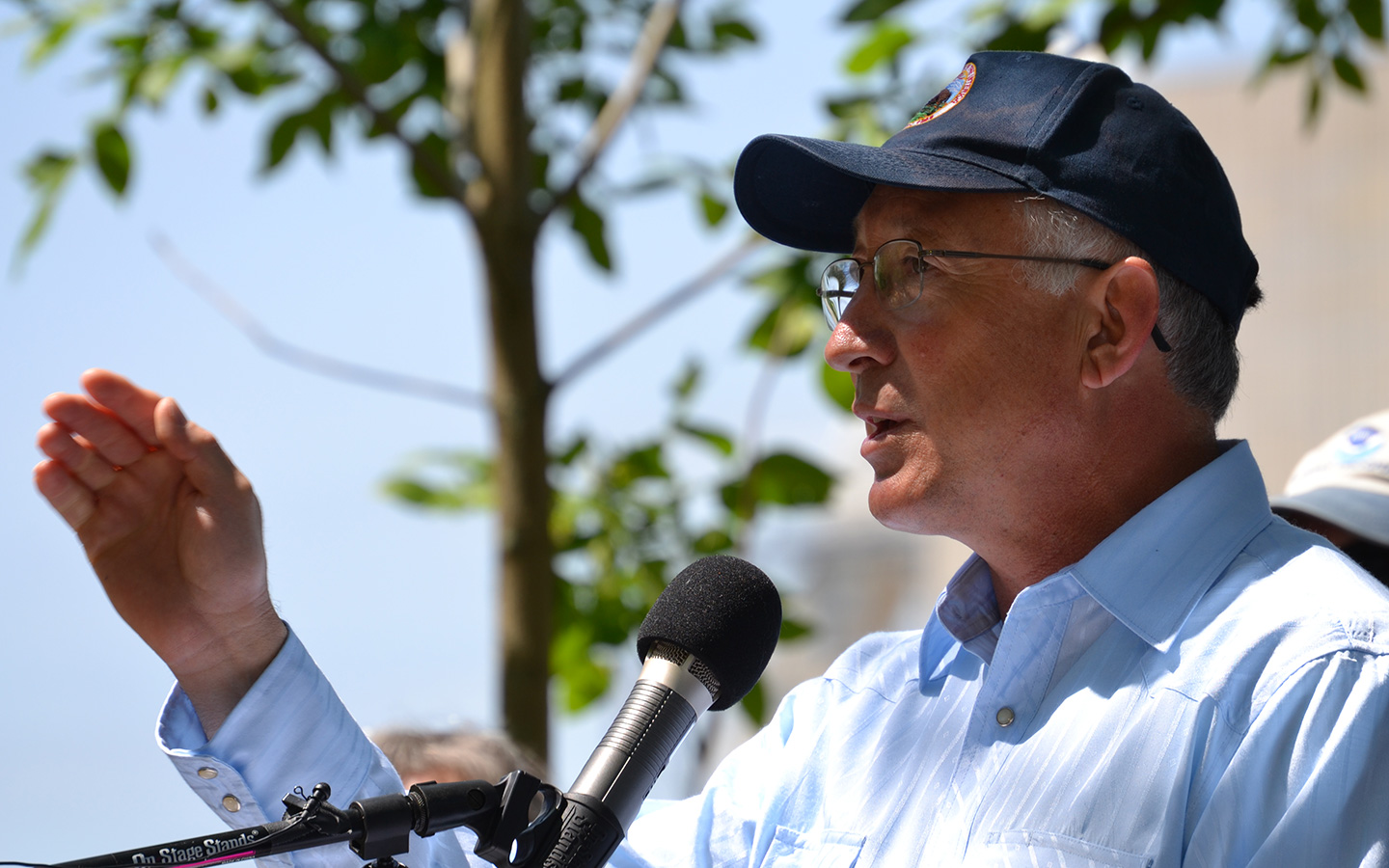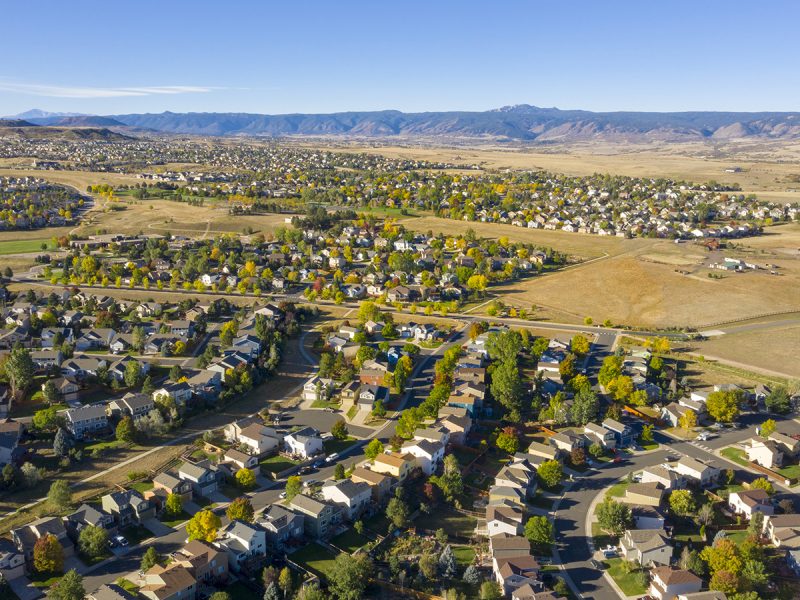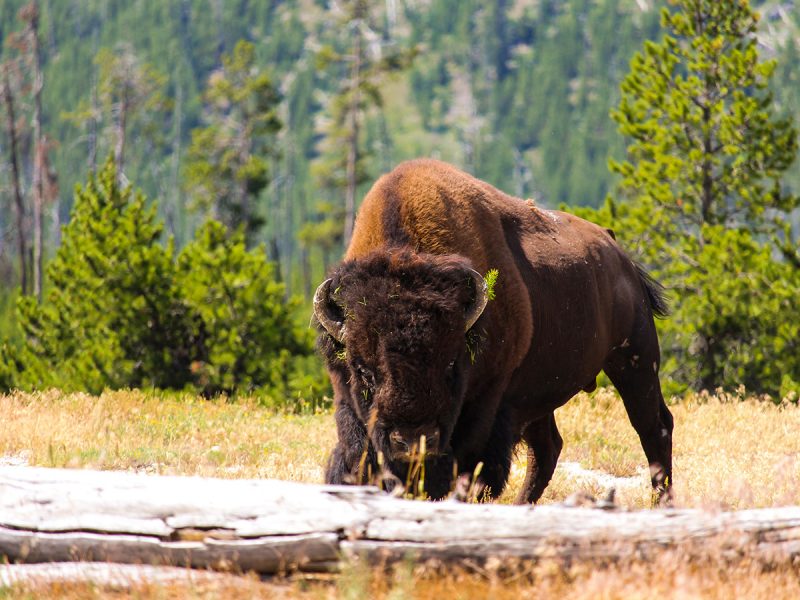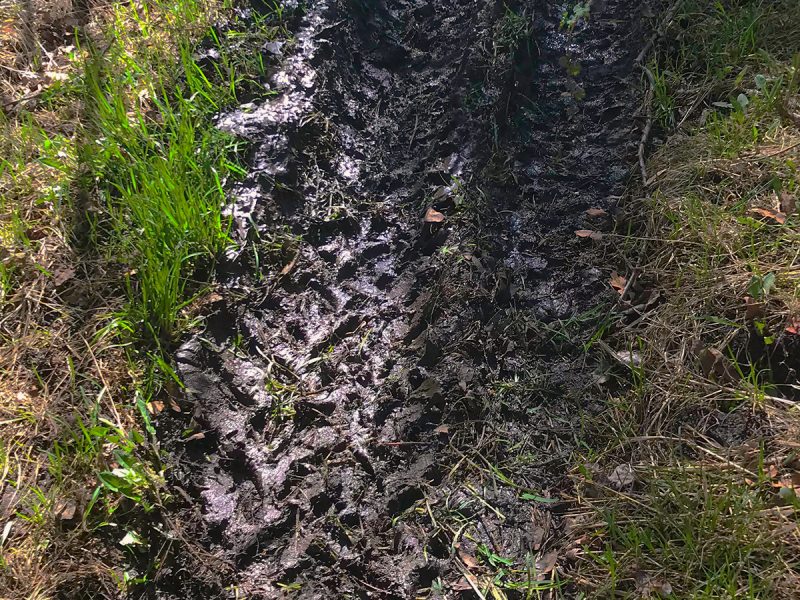Ken Salazar, shaped by the land
Ken Salazar grew up on a family ranch in Colorado’s San Luis Valley but his career eventually took him to Washington D.C., first as a U.S. Senator for his home state and eventually as the 50th U.S. Secretary of the Interior. WLA’s Executive Director Lesli Allison visited with the Secretary to find out about how a childhood on the land influenced his life and what he sees ahead for working lands and rural America.
Lesli Allison: You’ve often referenced your childhood on the land and a deep sense of place as your inspiration. In an increasingly mobile and urban world, that kind of experience is becoming increasingly rare. Tell us what it means to you.
Secretary Ken Salazar: The land and the water and the people of the San Luis valley have defined my life—as a young person, as a student, as a rancher and in my service as Colorado Attorney General, Senator and Secretary of the Interior. Everything goes back to that place of the ranch. As I come off the steps of my Mom and Dad’s house, I can look to the east and see the Sangre de Cristo Mountains, and to the west and see the San Juan Mountains. And I see all the rivers, the San Antonio, the Conejos and the La Jara, emptying into the Rio Grande and then flowing south to New Mexico and the Texas border all the way into the Gulf of Mexico. The values that I learned there have driven everything I have done in life, including my love for the land and the people. That’s what I took into the U.S. Department of the Interior.
People would ask me during my first campaign, why do you talk about land, water and people in that order? Aren’t people more important? And I would say that without the land and water we wouldn’t have any people. That has been the north star of my life.
“We cannot have a conservation future in the U.S. without incorporating working lands in a very significant way.”
Ken Salazar, former U.S. Secretary of the Interior.
LA: You have spoken about the importance of conserving at least thirty percent of the world’s natural lands by 2030. How do you see working lands fitting into this vision?
Secretary Salazar: I think private lands and working lands are one of the cornerstones of the conservation legacy of this country and that ranchers and farmers have gotten this for a long time. I have worked on efforts with people in places like the Flint Hills of Kansas, in North Dakota, in the Crown of the Continent, and in the Everglades. In the United States, most of our land is in private ownership and I think we see that among landowners, Democrats and Republicans alike, the environmental ethic is consistent. If we take care of the lands it will provide certainty for the future of those lands and all the values that are dependent on those lands.
We cannot have a conservation future in the U.S. without incorporating working lands in a very significant way. Because ranchers and farmers recognize this generally, we are in a better position today than we were 20 to 30 years ago. We have both large landowners and small landowners conserving and restoring land. Here in the San Luis Valley we are striving to restore the Rio Grande system and you see it in so many other places, too. Working lands are a keystone to having a good conservation legacy and getting to the kinds of goals we are speaking about in the thirty by thirty.
LA: Family farms and ranches are struggling. What kinds of solutions do you think can help keep these operations economically viable and also able to support wildlife and other ecological values?
Secretary Salazar: I have always believed rural America is really important to the future of a healthy nation and I’ve always understood that rural America is also the forgotten America. When I go to Conejos county and look at the towns there, many are shriveling up and dying away. And when you live down there, as I do half the time, you have to ask yourself if this area is going to survive or be ghost towns in the next 20 to 30 years. That’s all across rural America, not divided by red state and blue states. It’s everywhere.
People who live in those places need to be able to make a livelihood. We were raised dirt poor on a ranch that we had been on for 150 years, but eight kids couldn’t make a living on that ranch so most of us had to leave. Only a few could stay behind because that was all the ranch could provide, yet there are so many other values there, conservation values like the wildlife that are on full display when you tour one of these ranches, the way of life, the tourism attraction to some of these places. All of that has to come into an economic equation. We need to find ways of helping family ranches and farms to stay afloat and provide a living to very hard-working people. That means society has to provide value to ranchers and farmers who are providing these greater societal benefits.
I’ll give you an example. My brother LeRoy raises potatoes, barley and quinoa on a large swath of land in the southern part of the valley. It’s a hard business but he has hundreds and hundreds of pronghorn, a species that is protected and is very beautiful. People love to look at them but they can do a lot of damage. There are compensation programs for some of those damages but the true value of keeping a species alive on his farm properties isn’t really recognized, so I think we have to do more to recognize and provide value to those ranchers, and farmers and working lands that provide great benefits to society at large.
LA: There is a lot of talk today about the potential role of agriculture in helping to address climate change. For example, Congress recently introduced the bipartisan-supported “Growing Climate Solutions Act” which has been endorsed by both agricultural organizations such as the American Farm Bureau and environmental organizations. What are your thoughts on this?
Secretary Salazar: Climate change is an existential challenge that we face and I think about the ranches along the riparian areas with the cottonwoods and the meadows. They sequester carbon. If we create a national climate framework it should reward that sequestration through some kind of market mechanism.
LA: Do you get to spend much time out on the land these days?
Secretary Salazar: My brothers and sisters still ranch on our ancestral lands and the lands we have acquired along the branches of the Rio Grande. These last few months, I have spent a lot of time down there and it has been inspirational to see the wildflowers, the grass turning from brown to green, the deer, the eagles, all the different wildlife. It is so much a spiritual center of what life is all about.





